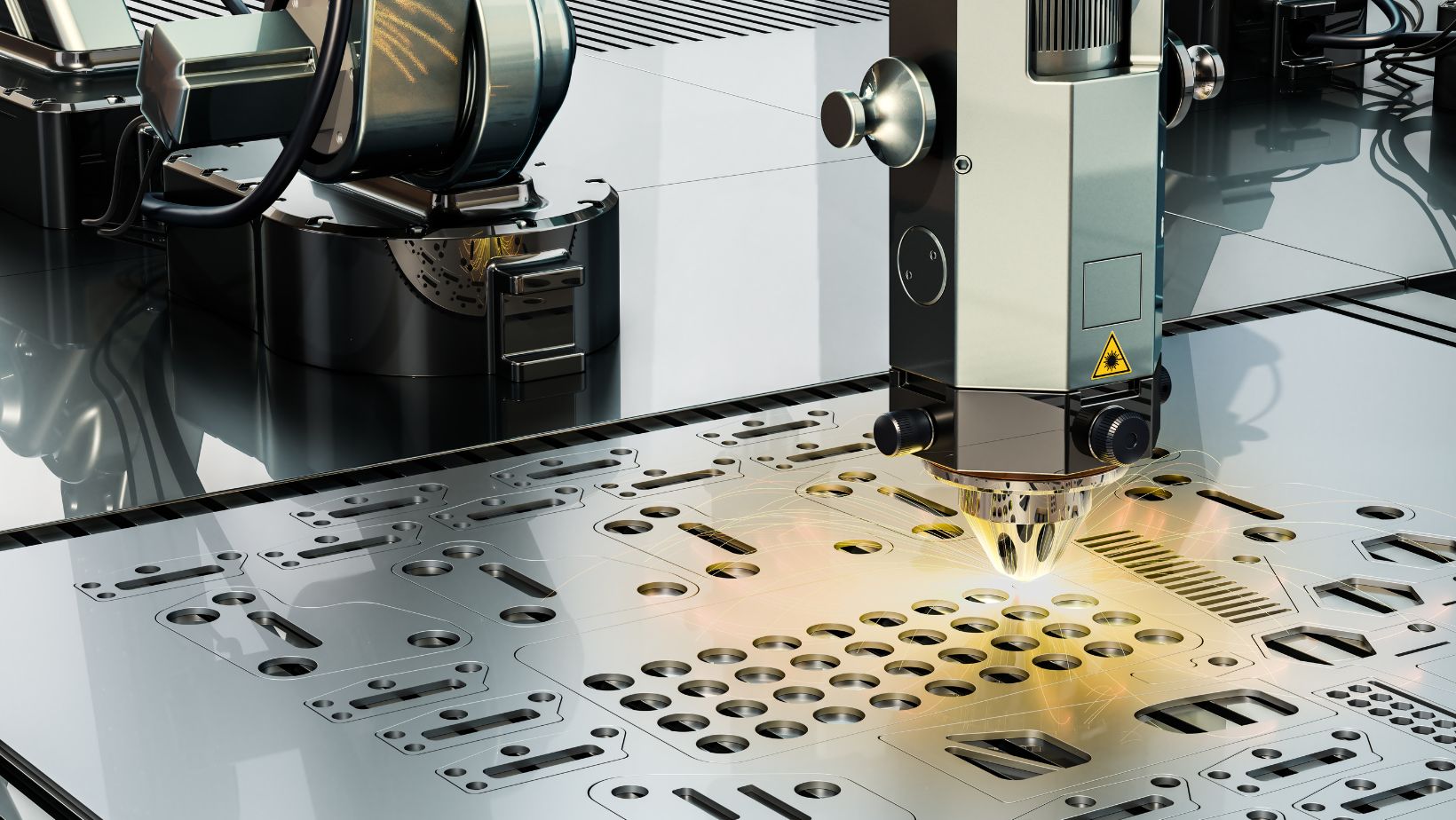The future of heavy industry is shifting, and portable equipment is leading the charge. Gone are the days when massive, stationary machines were the only option. Businesses now need tools that offer flexibility, efficiency, and mobility.
From construction sites to manufacturing plants, companies are swapping out bulky equipment for portable alternatives. Why? Because they reduce costs, increase productivity, and keep operations running smoothly.
But this change isn’t just about convenience; it’s about staying ahead in a competitive industry. Companies adopting portable equipment gain a serious edge over those not.
That said, in this article, we’ll explore why this equipment can be a strategic move for long-term success in the heavy industry sector.
Flexibility to Move and Adapt
Traditional heavy equipment is often fixed in place, making moving hard when projects shift. Portable equipment solves this problem seamlessly by allowing companies to easily transport tools and machinery from one location to another.
For construction companies, this means they can move essential equipment like compressors, generators, and welding machines directly to the job site. No more relying on centralized workstations or renting extra equipment for off-site jobs.
This flexibility is indeed a game-changer for industries with multiple worksites or projects with short deadlines. It allows teams to adapt to changing conditions, reducing downtime and increasing efficiency. With tools ready to go wherever they’re needed, companies can stay on schedule and avoid costly delays.
Enhanced Productivity and Faster Project Completion
There’s no denying that portable equipment allows businesses to complete projects faster and more efficiently. Unlike fixed machinery, portable tools can be moved directly to the work site, reducing the time spent transporting materials back and forth. This on-site accessibility speeds up tasks, helping teams meet deadlines with ease.

A great example of this is a portable plasma cutter. This versatile tool allows workers to cut through metal with precision and speed. Unlike traditional cutting methods, which require large, stationary equipment, a portable plasma cutter can be taken directly to the job site. This eliminates transporting heavy metal pieces to a central cutting location, saving time and effort.
They are ideal for construction, manufacturing, and automotive repair industries, making them essential for projects with tight deadlines or multiple work locations. All in all, we can say that with portable tools ready to work where they’re needed, businesses can tackle more projects in less time. Faster project completion means higher productivity, better client satisfaction, and the ability to take on more contracts.
Cost Savings on Equipment and Maintenance
Buying and maintaining traditional heavy equipment is expensive. The bigger the machine, the higher the repairs, parts, and labor costs. Portable equipment, on the other hand, offers a more cost-effective solution.
Since portable equipment is smaller and more modular, it requires less maintenance and fewer specialized parts. Repairs are often quicker, and replacement parts are more readily available. This reduces downtime and repair costs.
Additionally, some companies that embrace portable equipment can avoid the need to rent or purchase multiple machines for different job sites. Instead, they can move the same unit between sites, saving thousands of dollars on equipment purchases and rental fees.
Portable equipment is also more energy-efficient in many cases. For example, smaller, battery-powered tools consume less energy than larger, fuel-hungry machines, lowering operational costs.
Supports Safety and Risk Reduction
Last but not least, safety is a top priority in heavy industry, and portable equipment offers several advantages in this area. Traditional, large-scale machinery can be hazardous, especially when it requires lifting, hoisting, or extensive transport. Portable tools reduce these risks.

For example, workers can use portable lifting jacks or hydraulic tools directly at ground level instead of having to climb machinery to perform adjustments or repairs. They are often smaller, lighter, and easier to handle, which reduces the risk of injury from manual lifting.
Some modern portable equipment is designed with built-in safety features like automatic shut-offs, overload protection, and ergonomic handles, all of which reduce the likelihood of accidents. Safer equipment means fewer worker injuries, fewer insurance claims, and reduced liability for the company.
To Sum It All Up
The shift toward portable equipment is more than just a passing trend—it’s a strategic move for business longevity. Flexibility, cost savings, improved safety, and smarter technology make portable equipment a must-have for heavy industry. By investing in portable tools and machinery, businesses position themselves for growth and adaptability.
They reduce downtime, cut expenses, and ensure their teams work efficiently across multiple job sites. As industries continue to evolve, companies that prioritize portability will be better equipped to meet future demands, remain agile, and outperform the competition.


